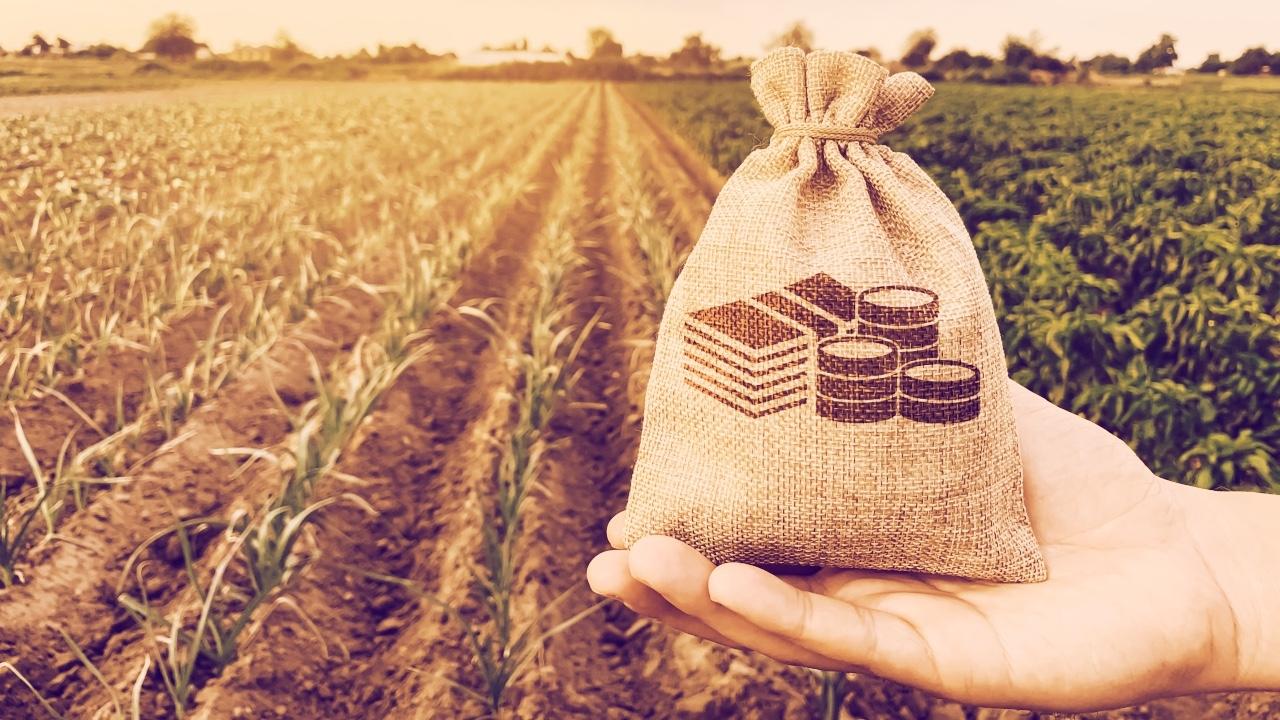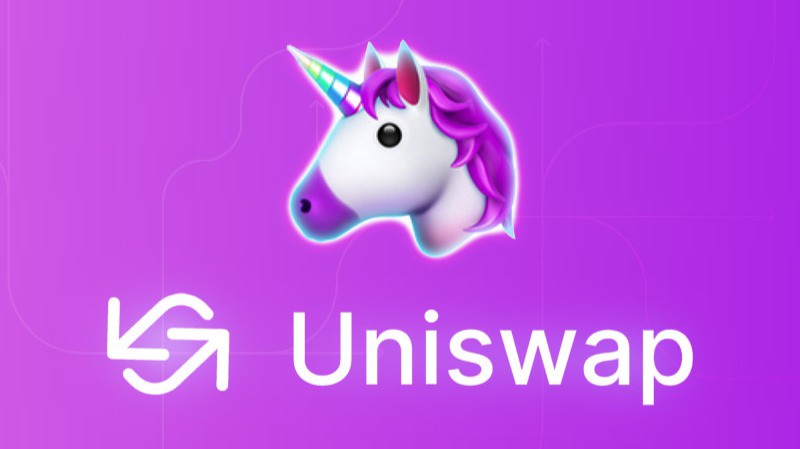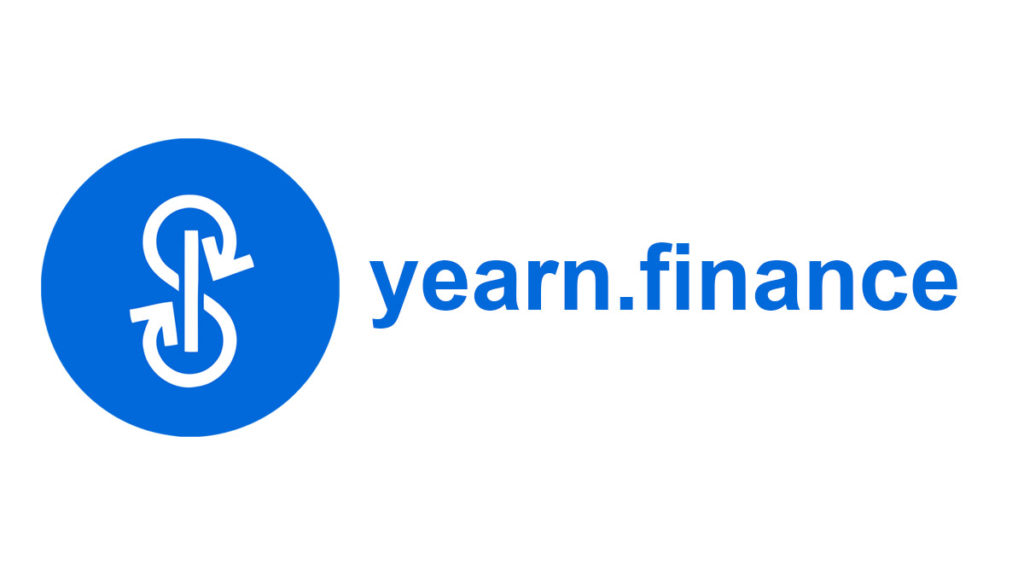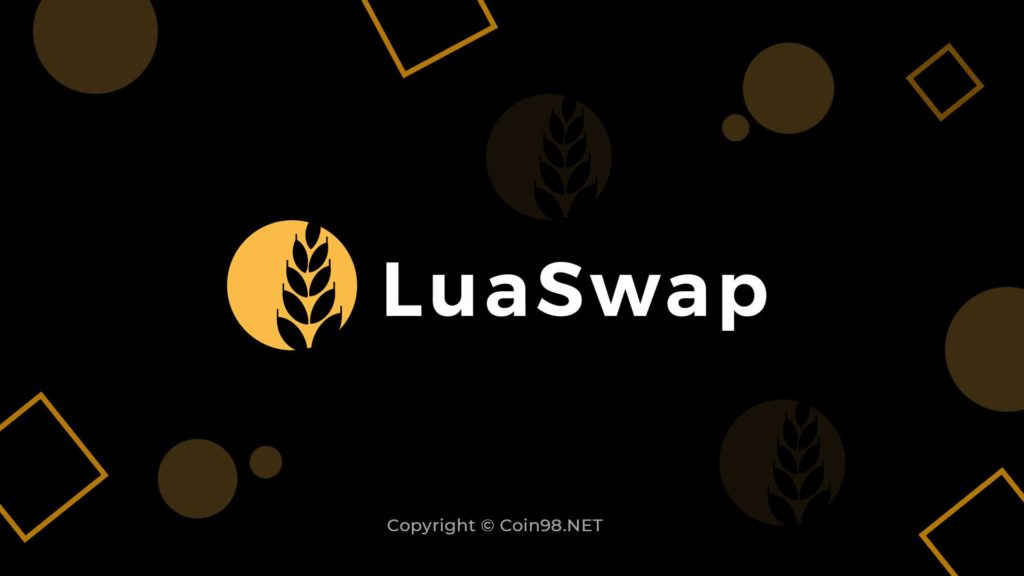What is Yield Farming?
Yield farming, also known as liquidity mining, is basically a way to earn rewards from providing liquidity to the pool. It follows the concept of staking where providers lock their funds in a crypto wallet to facilitate a blockchain network. Yield farming is one of the popular DeFi solutions and allows investors to receive interest for holding cryptocurrencies.
Along with the current hot trend of Yield Farming on various blockchain platforms, TomoChain has also launched a Liquidation protocol for their Multi-Chain called Luaswap.
LuaSwap is a new swap protocol that is inspired by previous AMM-based swap protocols such as Uniswap and SushiSwap. At its core, LuaSwap offers a community-governed, multi-community protocol through the LUA token. Instead of fighting for liquidity in top pools, the protocol supports smaller pools of emerging tokens. Furthermore, LUA’s token economics have been redesigned with an objection schedule to not only reward early adopters but also encourage them to stay and participate in governance for a long period of time. The protocol had a fair launch without the need for seed investment, founder’s fees, or pre-mine.
LUA contracts: https://github.com/tomochain/luaswap/tree/master/lua-contracts
The main two contracts are:
- LuaToken: The LUA token contract. Implement token emission with vesting. Built-in voting with LUA token (Compound voting module)
- MasterFarmer: Deposit LP tokens to farm LUA with new allocation points.

What is Yield Farming?
Who are Liquidity Providers (LPs)?
Yield farming is not possible without LPs putting their funds in liquidity pools. The collection of orders in such trading networks facilitates cryptocurrency trading by creating a marketplace. In business, they are often known as market makers because they provide what buyers and sellers want to trade.
How does yield farming work?
Yield farming is closely related to a model known as automated market makers (AMM). LPs deposit money into a liquidity pool. This pool supports a marketplace where users can lend, borrow, or exchange tokens. The use of these platforms will incur fees, which will then be paid out to the liquidity providers according to their share of the liquidity pool. This is the cornerstone of how an AMM works.
Implementations can vary greatly – not to mention a new technology. Without a doubt, we will see new approaches improving upon current implementations.
In addition to fees, another incentive to add money to the liquidity pool could be the distribution of new tokens. For example, there may be no way to buy tokens on the open market, only in small quantities. On the other hand, it can be accrued by providing liquidity to a particular pool.
How do LPs earn profits from yield farming?
All distribution rules will depend on a single implementation of the protocol. The bottom line is that LPs receive profits based on the amount of liquidity they are providing to the pool.
In LuaSwap, LUA tokens will be given to the Liquidity Providers (LPs) to encourage them to continue with the protocol. Holding LUA tokens, LPs earns a share in the governance of the protocol. They can decide which chains to implement LuaSwap, how much LUA to distribute to the LPs in the new chain, which new token projects LuaSwap will support, and more.
According to TomoChain, token distribution can have the greatest impact on strengthening the network of user communities and contributors. It must be carefully designed to prevent short-term opportunistic yield farmers who sell immediately and leave the protocol as soon as the farming yield drops. Token distribution through yield farming could support a strategy for pools where the majority of the pool liquidity will be in LuaSwap in the long run.
Yield farming platforms and protocols
Aave
Aave is a decentralized protocol to earn interest on deposits and borrow assets. The protocol’s algorithm adjusts interest rates based on current market conditions. Lenders get “aTokens” in return for their funds. These tokens immediately start earning and compounding interest upon depositing. Aave also allows other more advanced functionality, such as flash loans.

Aave is a decentralized protocol to earn interest on deposits and borrow assets.
Uniswap
Uniswap is a decentralized exchange protocol (DEX) for trustless token swaps. Liquidity providers deposit an equivalent value of two tokens in order to create a market. Traders can then trade against that liquidity pool. In return for providing liquidity, liquidity providers earn fees from the transactions that occur in their pool.
Uniswap is one of the most popular platforms for trustless token swaps due to its frictionless nature. This can be useful for productivity farming strategies.

Uniswap is a decentralized exchange protocol (DEX) for trustless token swaps.
Curve Finance
Curve Finance is a decentralized exchange protocol designed for extremely efficient stablecoin swaps. Unlike other similar protocols like Uniswap, Curve allows users to perform high-value stablecoin swaps with relatively low slippage.

Curve Finance is a decentralized exchange protocol designed for extremely efficient stablecoin swaps.
Yearn.finance
Yearn.finance is a decentralized ecosystem of aggregators that utilize lending services like Aave, Compound, and others. It aims to optimize token lending by finding the most profitable loan services algorithmically. Funds are converted to yTokens upon deposit to be rebalanced periodically to maximize profits.
Yearn.finance is for those who want a protocol that automatically chooses the strategies that are best for them.

Yearn.finance is a decentralized ecosystem of aggregators that utilize lending services.
Luaswap.org
LuaSwap is an automated market maker for token swaps, and cross-chain farming protocol to earn LUA tokens by TomoChain. Inspired by AMM-based swap protocols such as Uniswap and SushiSwap, Luaswap allows liquidity providers of certain pools on the LUA token to farm Uniswap.
With the goal of supporting smaller pools and not competing for liquidity with top tokens, LuaSwap will provide farmers with new opportunities.

LuaSwap is an automated market maker for token swaps, and cross-chain farming protocol to earn LUA tokens by TomoChain.





